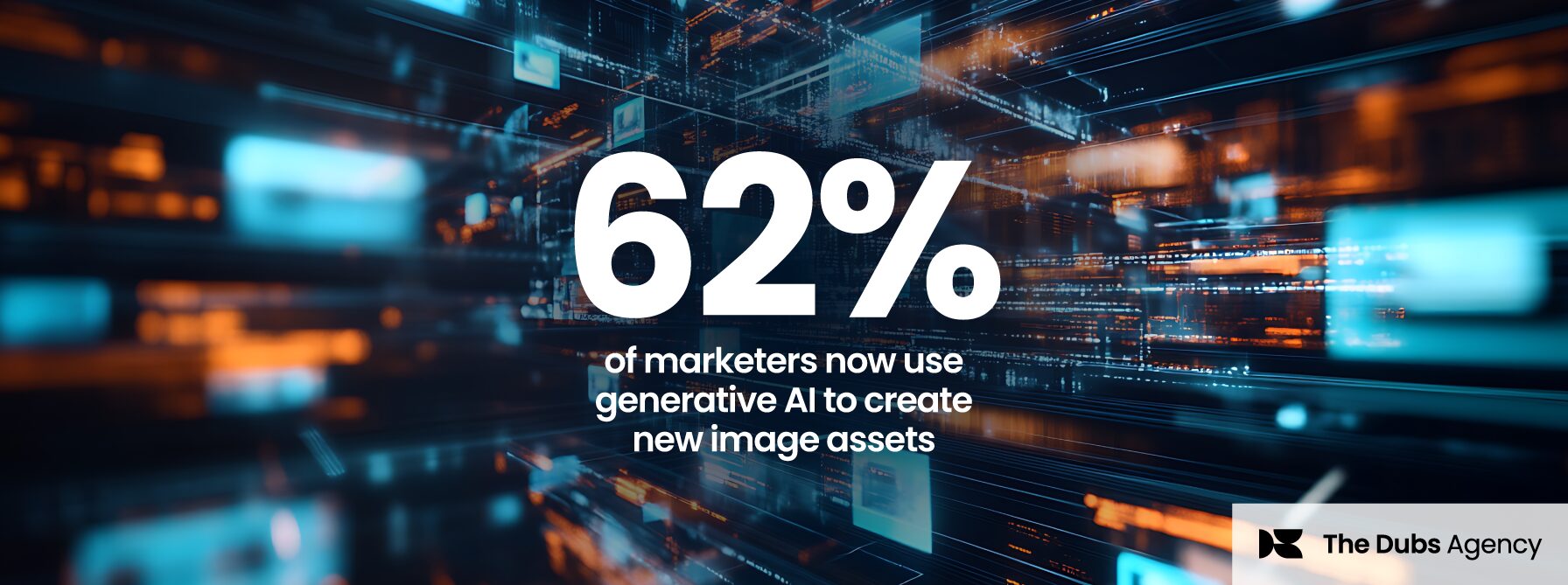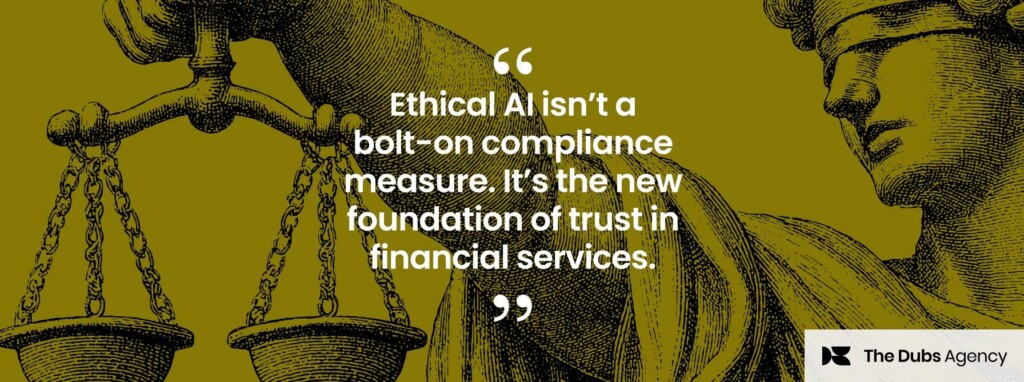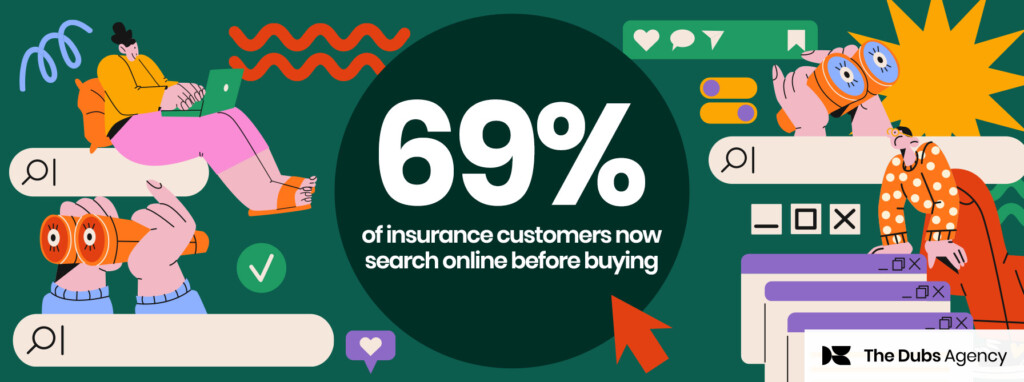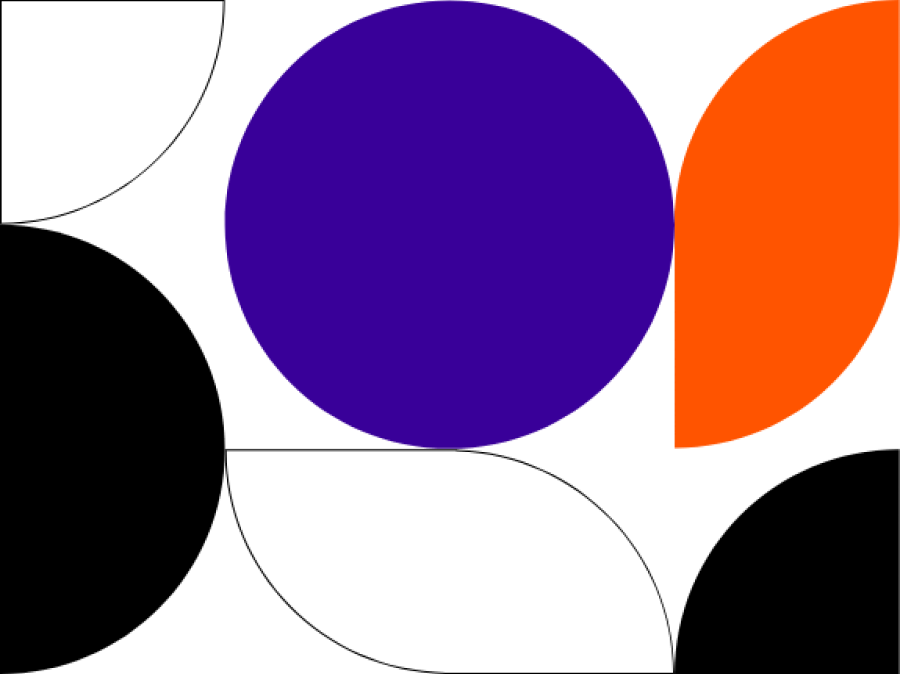Familiar with the message “Lots of people are creating images right now…” while this is frustrating there’s no doubt that artificial intelligence is revolutionising visual storytelling and nowhere is this more evident than in the explosive growth of AI image generation tools. In 2025, this technology has shifted from novelty to necessity, empowering marketers, designers, and content teams to produce stunning, on-brand visuals in seconds.
The growth of AI image creation
Adoption rates are soaring. According to Salesforce, 62% of marketers are now using generative AI to create new image assets, and 76% use it for general content creation. The AI image generation market itself was valued at $336.3 million in 2023 and is expected to grow 17.5% from 2024 to 2032 (Global Market Insights).
Even more telling: a staggering 71% of images shared on social media in 2024 were AI-generated, highlighting how widespread and accessible this technology has become (ArtSmart).
Jessica Apotheker, CMO of BCG, shared insights from a recent BCG survey of more than 200 CMOs, the data shows “ 71% of CMOs now intend to invest over $10 million annually in AI, up from 57% last year.”
And while speaking at Cannes Lions 2025 she emphasised a critical need to balance creativity and analytical rigor to preserve authenticity and emotional resonance in marketing.
Why marketers are embracing AI-Generated images
AI image generators deliver a unique combination of speed, cost-efficiency, and control. Instead of relying on costly photo shoots or generic stock images, marketers can now create bespoke visuals tailored to campaigns, audiences, and brand aesthetics, with minimal resources.
This shift allows for greater experimentation, rapid A/B testing, and more consistent brand visuals across channels. It’s not just about convenience; it’s about elevating creative capacity.
The challenges: Ethics, quality and ownership
Despite the benefits, challenges remain. While the quality of AI-generated images continues to improve, it’s still not foolproof. Inconsistent outputs and visual errors are common when user prompts are vague or too complex.
There are also growing concerns around misinformation and ethical misuse, particularly in the realm of deepfakes and identity rights. Legal questions persist around copyright and image ownership. Until clear frameworks emerge, marketers must proceed with caution and ensure they’re using images responsibly and transparently.
Best AI image tools to use in 2025
Here are some of the top-performing tools currently being used by professionals:
- DALL·E 3 by OpenAI: Seamlessly integrated with ChatGPT, it enables conversational image creation with impressive coherence and creativity.
- Midjourney: A favourite among digital artists and designers for its stylistic control and consistently high-quality outputs.
- Adobe Firefly: Ideal for those already using Adobe tools, offering AI-powered image generation within Photoshop and Illustrator, plus multilingual support.
- PicWish: Focused on eCommerce and social content, this platform excels at background removal and AI art creation.
- DeepSeek Janus Pro: A powerful emerging model reportedly outperforming some established tools in image quality and prompt fidelity.
What the future holds
The next frontier for AI-generated visuals will focus on improved realism, accessibility, and integration. Expect to see:
- Seamless cross-channel content creation (image, video, 3D)
- Greater personalisation through better prompt handling
- Ethical standards and content authentication built into tools
For marketers in financial services and beyond, the message is clear: “ AI image generation isn’t a fad, it’s a fundamental shift. Those who adopt and master it early will have a competitive edge in creative output, cost control, and audience engagement.”
If you’d like to know more contact The Dubs Agency we’d love to help.






